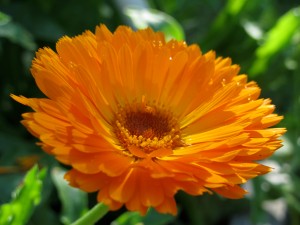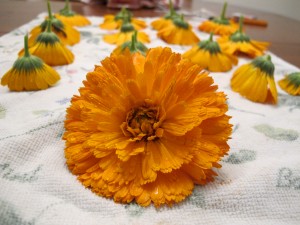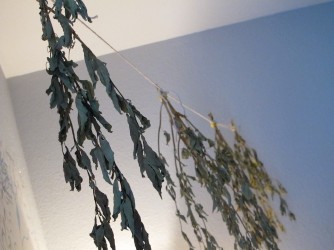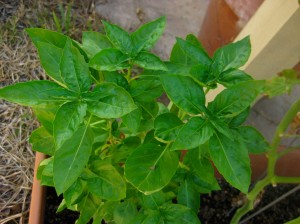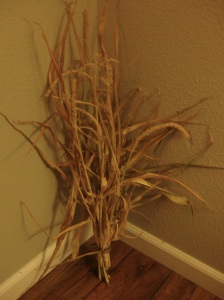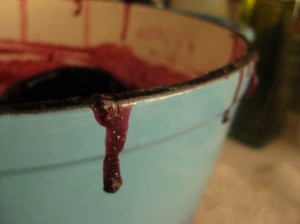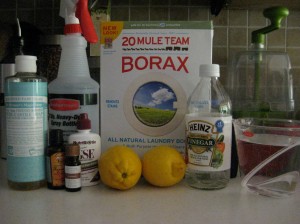Every spice cabinet I’ve ever opened has the underlying aroma of clove. Clove is that spice that you buy maybe once every five years, except if you’re my mom, then it’s once every thirty.
True story, a few years ago McCormick published an ad that listed their different herbs and spice packaging throughout the years, accompanied by a tagline that urged people to clean out their spice cabinet. Well, some of my mom’s spices were from the early 80s. Thirty years!
Until I had a toothache last week, I never knew of much use for cloves outside of baking. I remembered reading in my favorite essential oil book* that clove had antiseptic properties and was often used as a dental analgesic.
I put a few drops on some cotton gauze and stuck it in my mouth. After a few moments the gum was blessedly numb. Granted, my mouth tasted like I licked my mom’s old McCormick clove tin, but I was grateful for the relief.
Clove Bud
Latin Name: Syzygium aromaticum, of the family Myrtaceae. Also in the family Myrtaceae (Myrtle family) are myrtles, guava, allspice and eucalyptus.
Native to: The Maluku Island in Indonesia, historically known as the Spice Islands
Parts Used: The flower bud of the clove tree
Common Forms: Ground, dried whole bud, essential oil. The active compound of clove is eugenol, also contained in basil, bay leaf, cinnamon and nutmeg.
History: Archaeologists have found evidence of cloves in Syrian pottery dating back to around 1720 BC (1). The first reported use of clove is from the Hang Dynasty (260 BC to 220 AD). According to written records, “officers of the court were made to hold clove in their mouth when talking to the king.” (2)
Clove is one of the four “major” spices in trade and history, along with nutmeg, cinnamon and pepper. Procuring it sparked expeditions and wars. For more information: History of Cloves.
Using Clove: Clove is used in a variety of ways. Most of us know clove from culinary applications–my favorite being Soft Ginger Cookies. Historical Europeans preserved meat using cloves, as well as enjoying it for its added flavor (clove studded ham spiral, anyone?). Jamaican jerk spice blends and Indian curries also can contain cloves.
Medicinally, clove has been used for thousands of years. In Ayurveda, clove is indicated to aid slow digestion. Perhaps it’s best known application is as a dental analgesic and antiseptic, for which it is still used (rather, its active compound, eugenol) in modern dentistry.
Magically: Because it belongs to the myrtle family, I associate clove with Aphrodite (3). Therefore, use in spells, charms, or ritual involving relationships, love, beauty and sexuality would be appropriate.
When I’m practicing in the kitchen, I use clove as a warming and comforting agent. Use sparingly, however, since it is very powerful because of the eugenol. Excess eugenol can have definite physical effects in the mouth.
Scott Cunningham’s Encyclopedia of Magical Herbs lists Clove as masculine and associated with Jupiter and fire. It is also indicated to use for protection, money and exorcism.
Sources and Resources:
*The Complete Book of Essential Oils and Aromatherapy by Valerie Ann Woodward. I can’t recommend it enough.
1. 2. “Clove” from Wikipedia. Footnote 18. Spice: The History of Temptation by Jack Turner. http://en.wikipedia.org/wiki/Clove
2. “Cloves” by Cynthia Gladen. https://www.lib.umn.edu/bell/tradeproducts/cloves
3. “Aphrodite” http://www.theoi.com/Summary/Aphrodite.html

